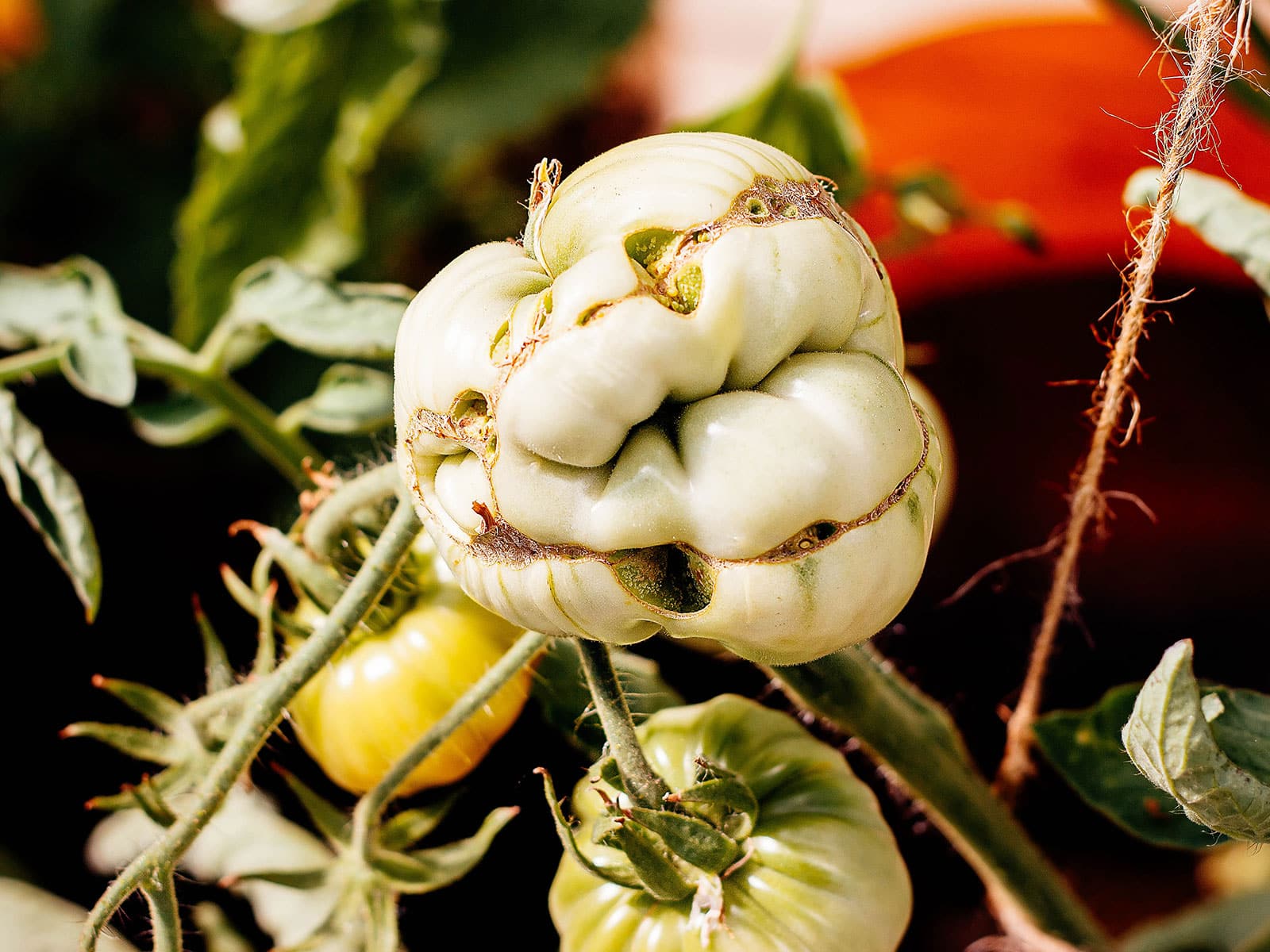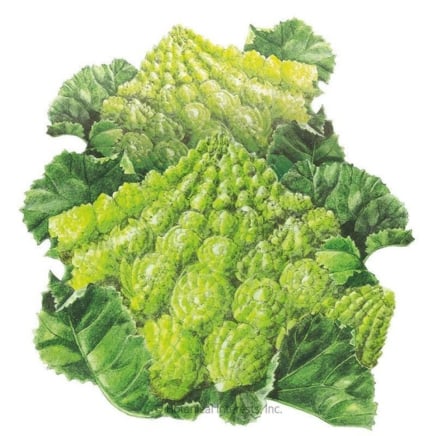Every spring here in New Hampshire, zone 5b, I anxiously await the last frost date so I can transplant seedlings into the ground safely. But tomato season begins long before the seedlings go into the ground. Starting seeds indoors is a labor of love that you’ll benefit from all season long and beyond.
When spring is particularly wet or cold, I get antsy leaving seedlings in the greenhouse longer than I had planned, but I know they’ll appreciate the extra warmth and protection. Plants that aren’t stressed perform better in the long run. And I suspect if you’re reading this article, you love tomatoes and want more of them!
I wish I had a secret, magical way that makes tomato plants grow at lightning speed, but there is no such thing. However, ensuring you’re growing the right tomatoes in the right way and making sure they have everything they need will guarantee quick growth, high yields, and delicious fruits. Several things will keep your plants healthy and vibrant, producing more tomatoes and giving you a longer season.
Let’s discuss nine tips and tricks to make your tomato plants grow faster.
Choose the Right Varieties
Choose the right varieties for your growing region, soil type, and garden setup. Set realistic goals and expectations. If you love to make sauces to freeze for winter, select tomatoes that are great for that, but if you prefer to eat your tomatoes fresh in salads, consider sticking to cherry and cocktail varieties.
It’s easy to select too many tomato varieties based on excitement over new trends and colors, but stick to what you love and what will get used. When flipping through seed catalogs, take note of and focus on the following features:
- Cool-weather or warm-weather performer indication
- Soil temperature required
- Germination time
- Days to maturity
- Disease resistance
- How plants perform once fall temperatures begin to drop
Some quick-maturing favorites include ‘Early Girl’, ‘Sungold’, ‘4th of July’, and ‘Defiant PhR’. There are hybrids on the market today specifically designed for short seasons, small spaces, and cool temperatures. Don’t get distracted by all the stripes and marbling!
Start Seeds Indoors
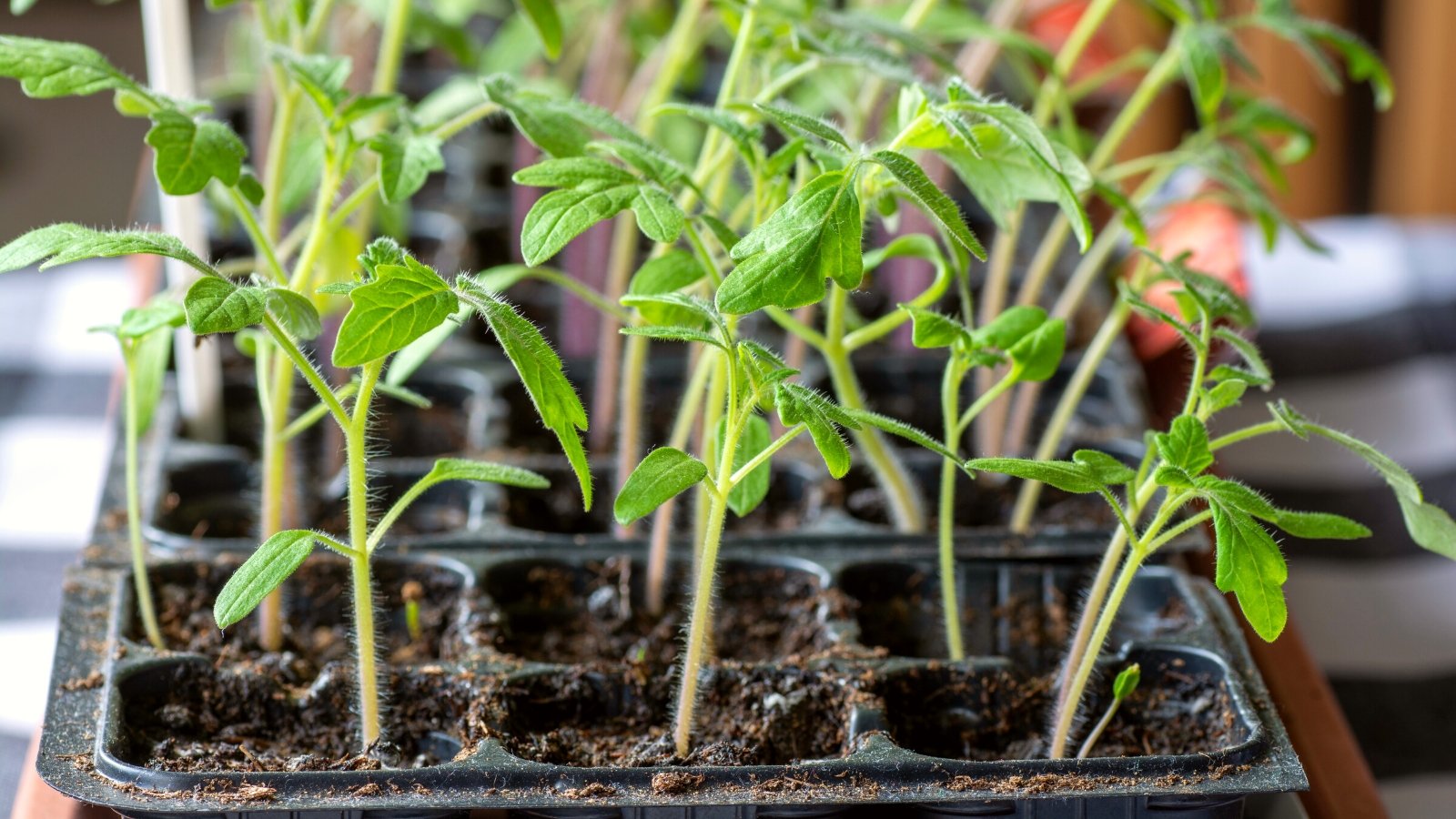
Success during the first few weeks of a seedling’s entry into the world is crucial. Tomatoes need the right level of heat, water, sunlight, and nutrients to get started on their journey. This ensures proper root development, leaf production, and flower formation. A stressful start to any seedling’s life slows down these important processes, which will affect its whole life.
An adjustable heat mat is recommended when starting seeds indoors. Tomatoes germinate best at 68 to 85° (20 to 29°C). Use a strip tray to make the most of your space. Sow 15-20 seeds per row, lightly cover with your chosen medium, tamp it down, then water from below to keep the seeds in place. Don’t allow the soil to fully dry out.
As soon as you see germination, move the tray to a sunny area or under artificial grow lights. Place the light two to three inches above the tray so the seedlings don’t become leggy. Adjust the light as the seedlings grow. Transplant them into larger containers once they have a few sets of true leaves. Continue to step them up as needed.
Properly harden off your seedlings before transplanting them to outdoor soil by slowly introducing them to direct sunlight, rainfall, and cooler temperatures. This acclimates them to the “real world” so they don’t experience transplant shock. This provides high levels of resiliency for all that’s to come.
Don’t Push It
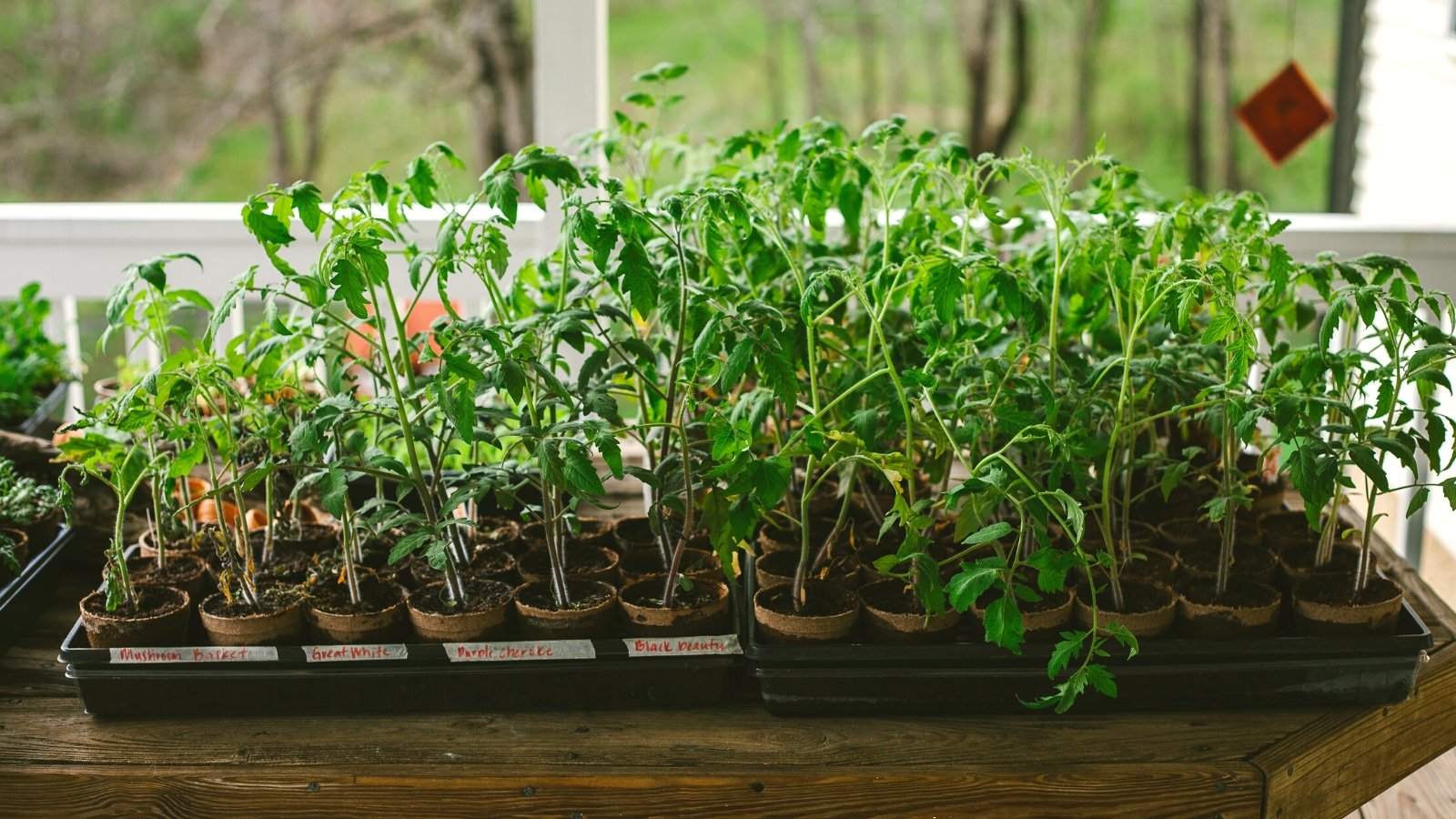
If you don’t have a high tunnel or protected growing area, leaving seedlings indoors, in a semi-heated, or heated outdoor area is advised. Provide ample-sized containers, water, well-balanced soil, and plenty of sunlight to keep seedlings happy, and healthy, and stress levels low.
If your seedlings overstay their welcome by a few days or a week, they’ll bounce back much faster than if they are jammed into soil that’s a shock to their systems and experiencing cold overnight lows. No growth will take place when plants are in survival mode, but they can grow in a pot in your greenhouse or basement.
Pro tip: Some growers use reusable black plastic mulch in between rows of tomatoes. The black will attract the heat from the sun and help warm the soil up. As a bonus, it will also help tiny weed seeds germinate that will ultimately die under the plastic without sunlight.
If plastic mulch isn’t your thing, hold off on mulching your plants until the soil fully warms up. Let your garden take advantage of the powerful spring sun. Once summer arrives, mulch to help the soil retain moisture and keep weed pressure down.
Lights, Soil, Action
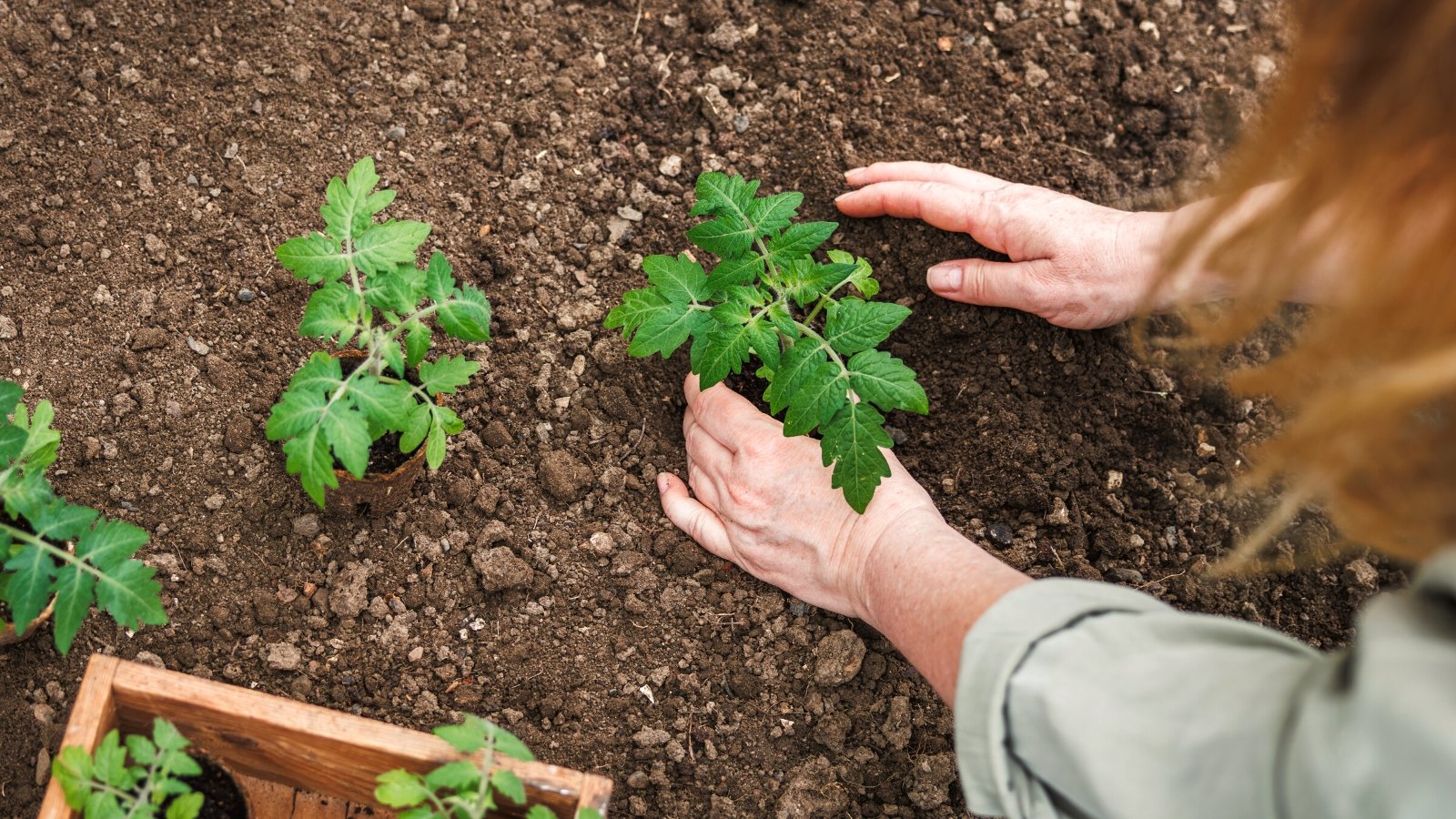
Planting tomatoes in the right spot in your garden could be the difference between thriving tomatoes and plants that are just getting by. Things to live by:
- Test your soil and amend as needed. Proper levels of phosphorus help plants develop a healthy root system. This leads to the efficient uptake of water and nutrients, resulting in healthy and productive plants.
- Get the pH right. Tomatoes like it between 6.0 and 6.8, allowing them to uptake the necessary nutrients.
- Plant them in an area where they receive full sun at least eight hours a day.
If your tomatoes haven’t done well in the past, consider moving their location, testing the soil, and reviewing your watering schedule. Go back to the basics.
Protect Your Babies!
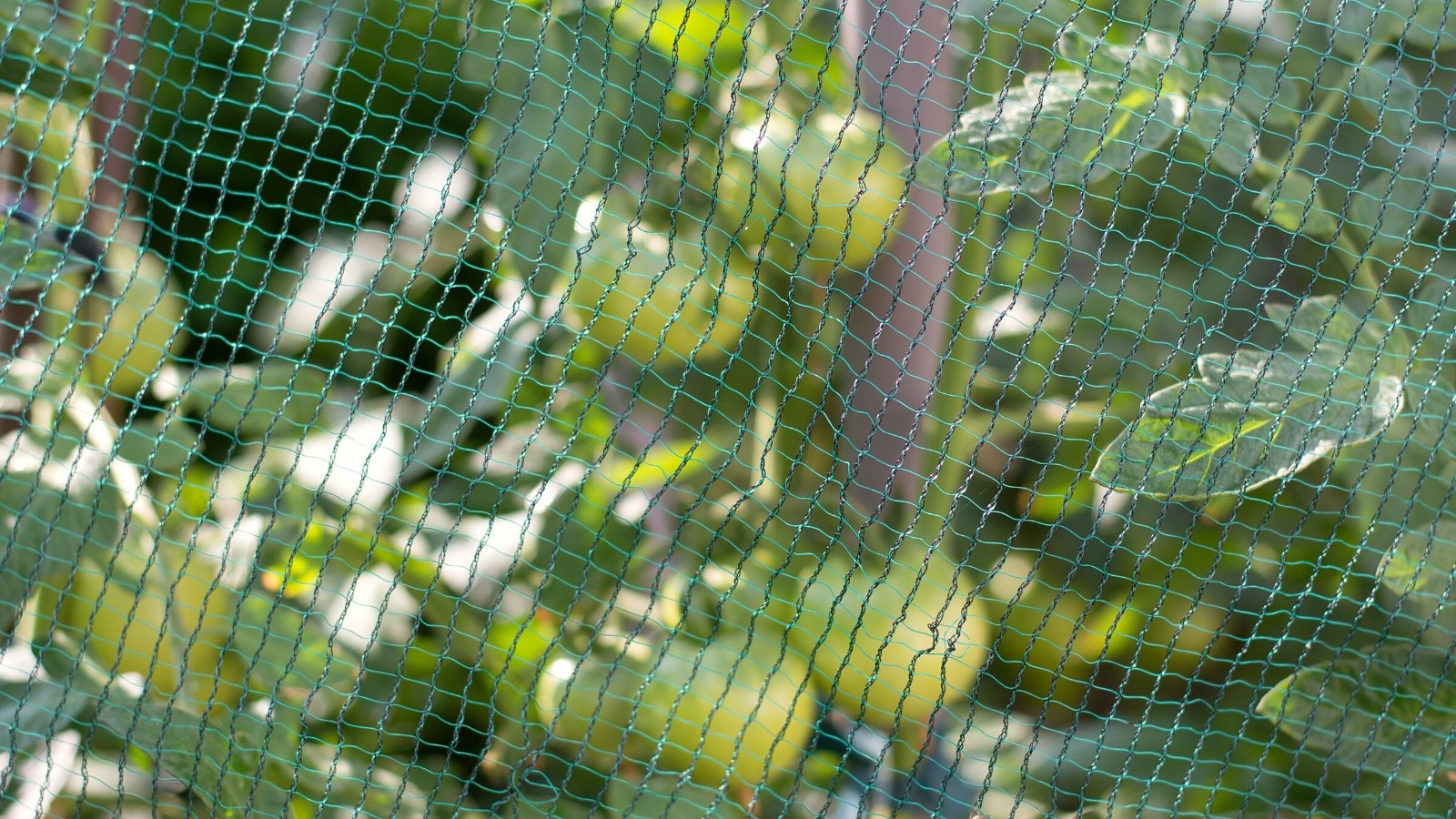
Tomatoes and other tropical crops require protection from inclement weather, wind, and harsh, direct sun, especially in their infancy. When plants are experiencing stressful conditions, they are in survival mode, and no growth will take place. Seedling stems may break or become damaged, leaving them open to infection or death.
Frost on young plants can also lead to serious damage or death. This is especially important in northern climates where spring temperatures remain cool through April and May. Pay close attention to the weather forecast and keep them indoors a bit longer to get past the worst of the weather.
In regions where the summer sun is direct and harsh, sunscald is a risk, which results in sunken areas, weak blotches, or black mold on tomatoes. Sunscald leaves plants open to contracting other diseases. Protect them with shade cloth as needed.
Provide Ample Support
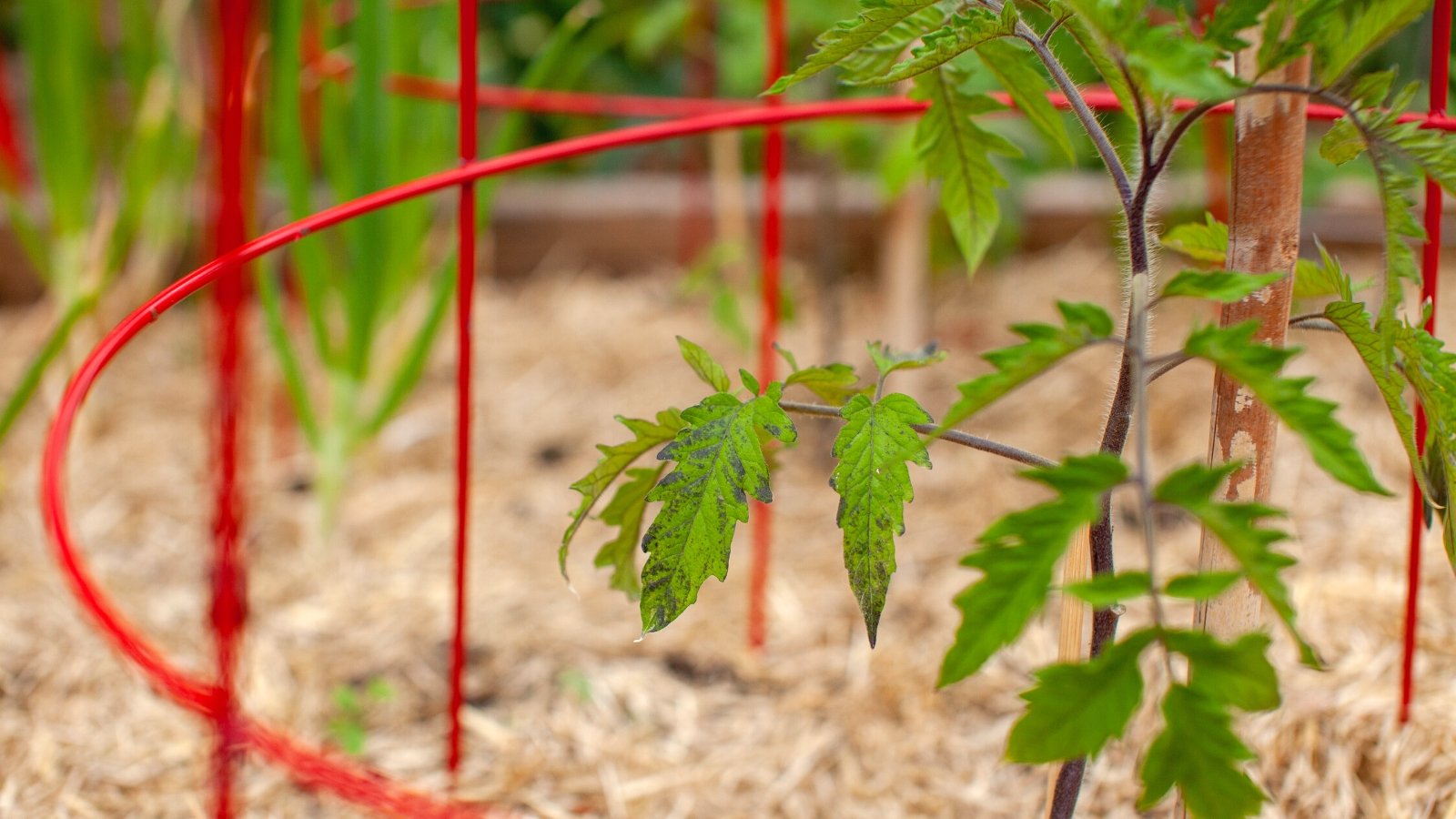
Install a strong trellis system and keep up with weekly tie-ups. Cherry tomatoes, in particular, can grow very tall and will require staking to produce into the fall.
- For compact, determinate, or shorter varieties, you may use a tomato cage, mesh netting, or strong trellis fencing.
- The Florida weave is a great option for indeterminate varieties that will grow between five and seven (or more) feet. This includes pounding t-posts every few plants, weaving tomato twine in between every other plant, and then doubling back so they’re fully supported.
- If you’re growing indoors and the ceilings are high, drop-down string and clip systems work well. Consider the lower-and-lean method or use a wicket system for extra-tall varieties. This allows plants to continue growing upwards without getting too high to reach when harvesting.
Prune and Sucker
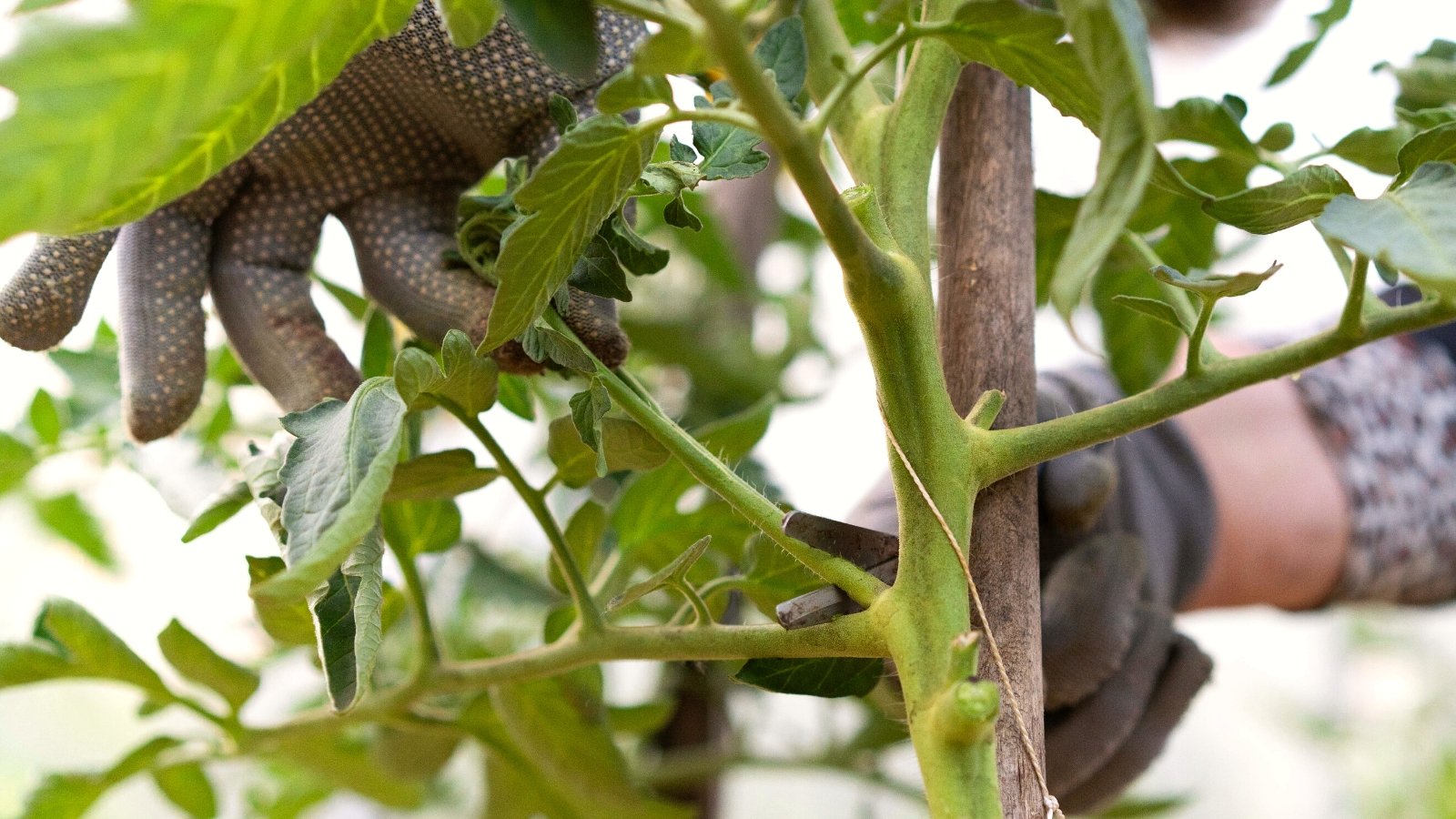
Pruning and suckering tomato plants will ensure the plant is sending energy exactly where you want it to be, into growing and ripening fruits!
Pruning is ridding the plant of spent, unneeded, or excess foliage including empty trusses, yellow or dry leaves on the bottom of the plant, and leaves from extremely long arms. This increases space for circulation at the soil surface, provides more airflow, and decreases the risk of disease jumping from plant to plant.
Suckering is removing the new growth between the main growing stem and leaves called the axis. This keeps the plant’s energy on the main stem and subsequent fruit rather than creating new plants from suckers. The plant’s job is to reproduce, so it will send out shoots whenever and wherever it can. Pot up a sucker and gift it to a friend or transplant it into your garden plot for late-season tomatoes. Always use clean, sharp shears to avoid disease.
Pro tip: Snip the top of your plants three to four weeks before your first expected frost date. This will send energy into ripening fruits present on the plants rather than producing new flowers and fruits that won’t ripen before their imminent demise from the frost.
Ward Off Diseases
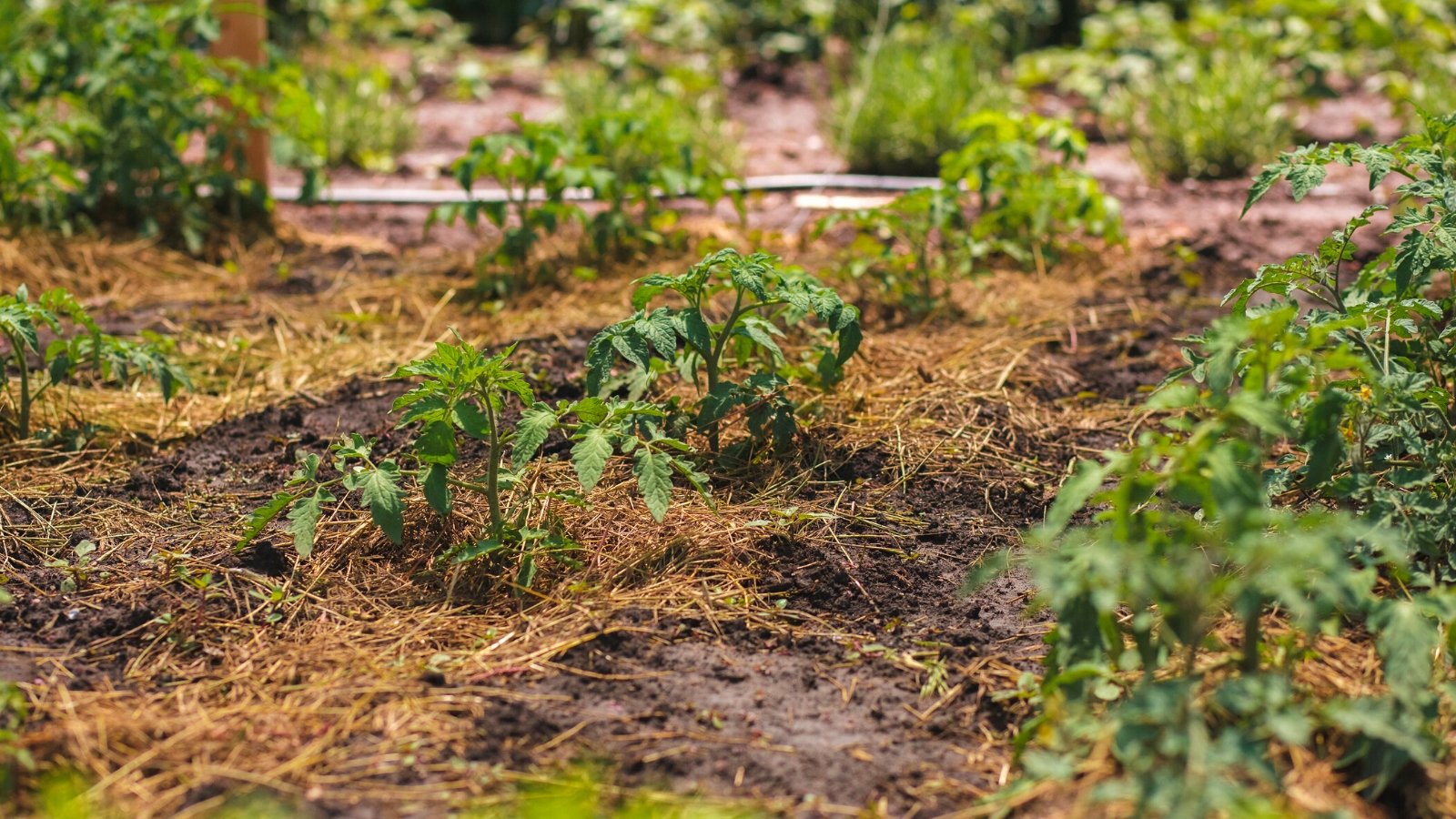
Healthy plants are productive plants. Here are a few tried and true practices you can adopt to ensure your plants are as healthy as possible, which will result in more growth and, ultimately, more tomatoes:
- Space plants properly. Read the recommended spacing on the seed packet. Depending on the size, variety, and type of trellis system, tomatoes require one to four feet of spacing for peak performance.
- Practice crop rotation.
- Disease-resistant varieties. Most seed companies indicate which diseases each seed has resistance to so keep that in mind when shopping.
- Keep gardens clear of plant debris and clippings.
- Purchase seeds, soil, and amendments from reputable sources.
- Keep tools sanitized in between uses.
The lower the chances are of your tomato plot becoming disease-ridden, the faster they’ll grow and the more tomatoes they’ll produce and ripen. Under ideal conditions, there’s no reason indeterminate varieties can’t produce through the first frost!
Follow a Schedule
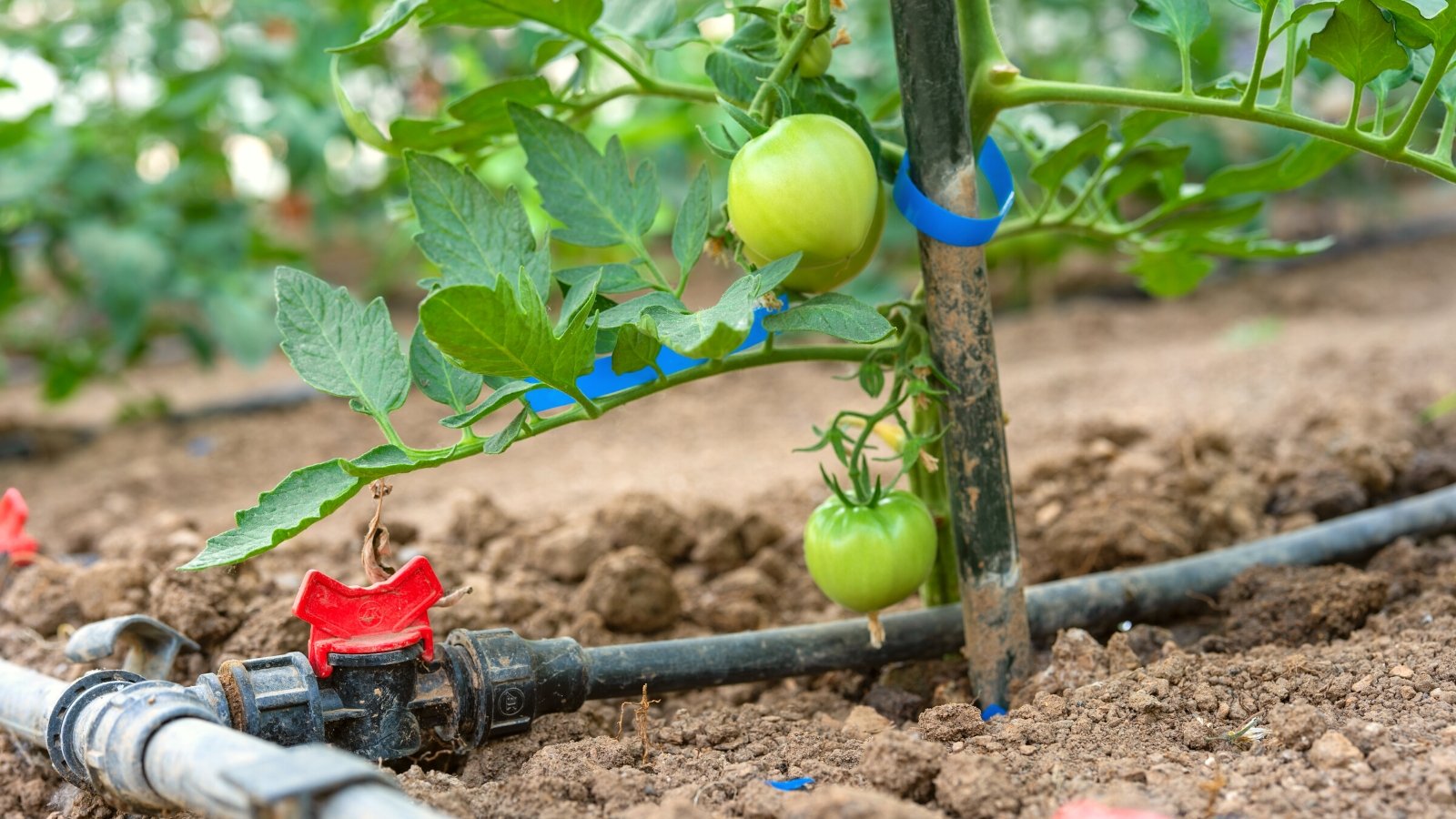
Once your tomatoes are growing and producing tomatoes, don’t forget about them! Maintenance and upkeep are important to their long-term success.
Weekly maintenance should include:
- Pruning off old and yellow leaves and empty trusses
- Weeding
- Removing suckers
- Deep watering with drip irrigation
- Fertilizing as needed
Final Thoughts
While there’s no magic way tomato plants will grow a foot overnight, providing ideal conditions and ample TLC, they’ll grow faster and produce more delicious fruits. I hope this season you’ll incorporate some of these tips and tricks in your garden and see the difference they can make. Happy gardening!


